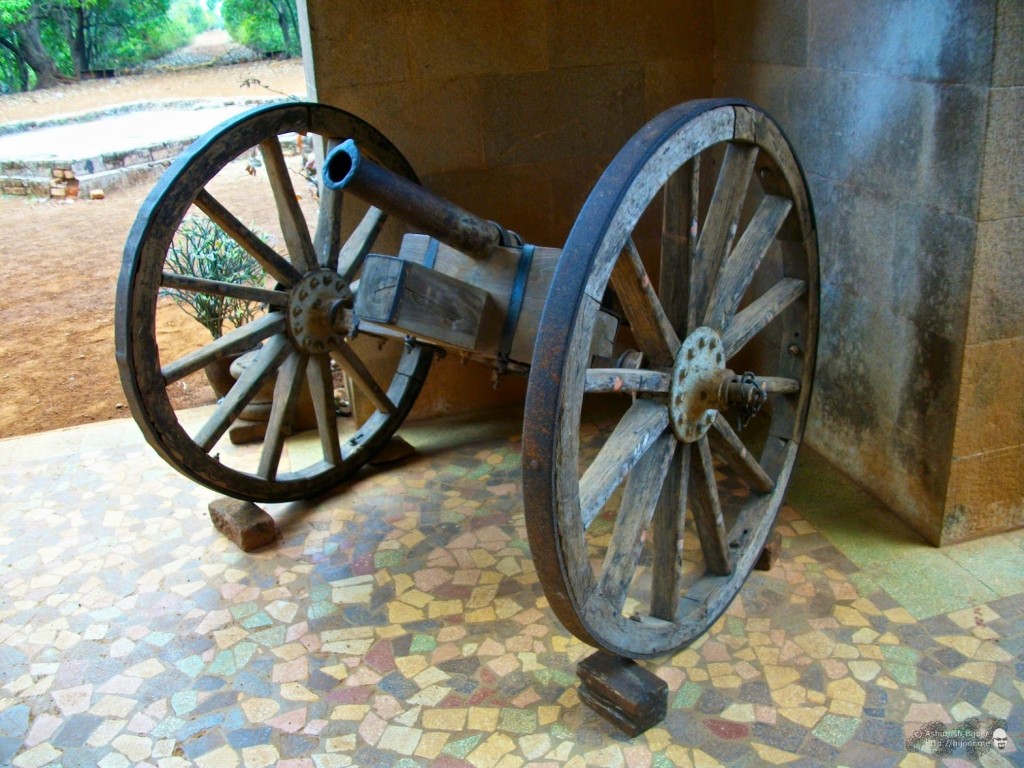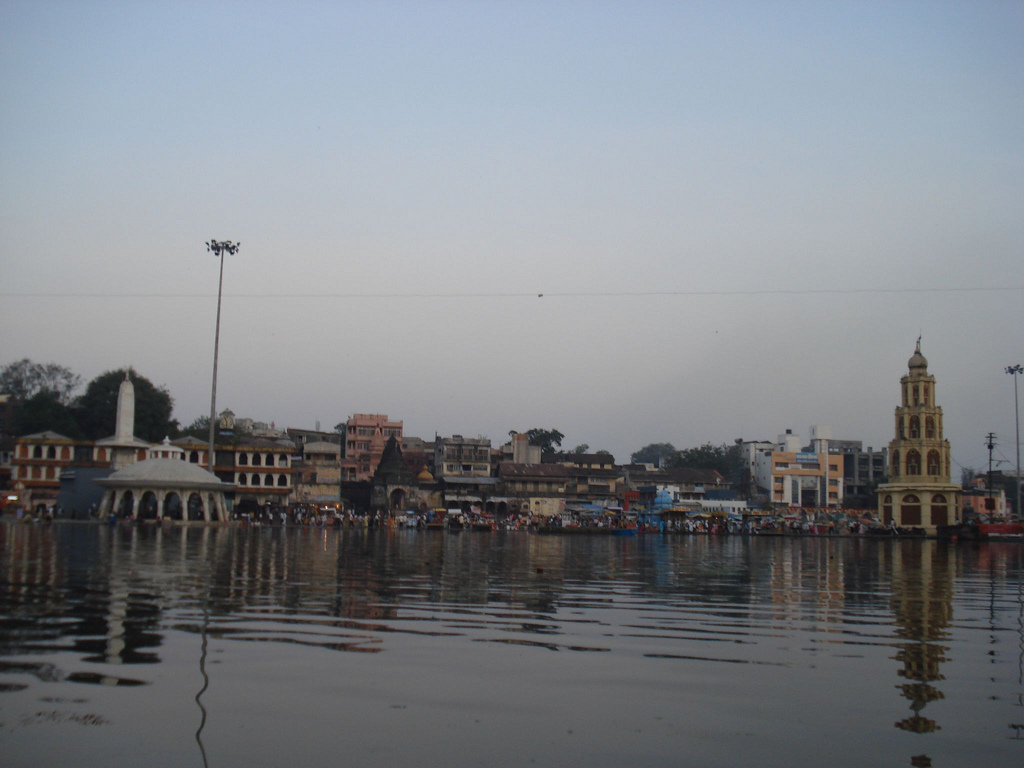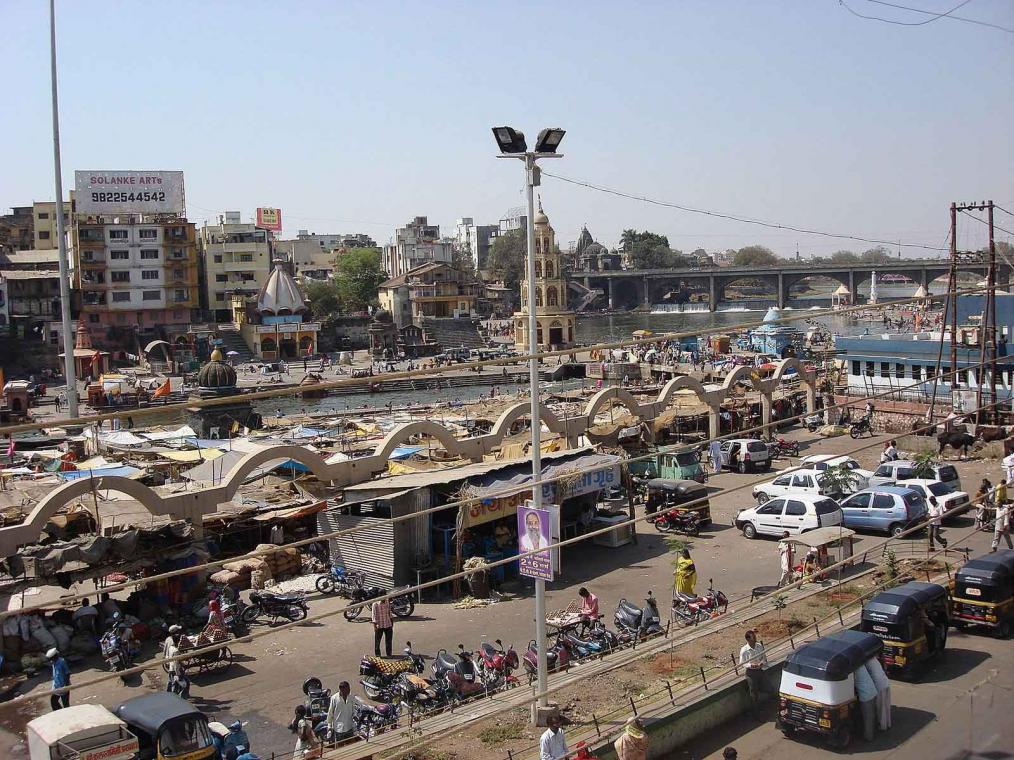The Jai Vilas palace or the Raj Bari was built by Raje Mr.Yashwant Rao Mukane in near by 1940. The name Jai Vilas is derived from the one of the raje of Jawhar Mr. Jaiba Maharaj Mukane. The stone used for this is syenite which was brought from sakhara which is 12km away from its location.It is said that when the work of palace was completed, the quarry from which the stone was extracted was broken down and now the Geological Department of Government of India has taken up to locate the quarry .The palace is a master piece of pink stone.There is a beautiful garden with a dense forest like foliage, having trees of cashewnut everywhere.
Jawhar is a hill station located at an altitude of 518m. It is about 80 km from Nashik and 145 km away from Mumbai. Situated in newly formed Palghar district, Jawhar is known for its picturesque setting and a vibrant cultural heritage. It is also known as the ‘Mahabaleshwar’ of Thane district but now in Palghar district. It is one of the very few tribal regions of Maharashtra and is famous for its vibrant Warli paintings that are a characteristic landmark of this place.
Inside the palace, the hall has some lovely portraits of the Mukane clan. Upstairs is the children’s nursery, drawing room, some intricate antique furniture items, the royal bedroom, the obligatory stuffed tigers, loos the size of bedrooms and a huge lobby. The guest section is locked but the guide informs us that every now and then important guests come and stay here. For instance, Akshay Kumar and his team camped here for 10 days during the shooting of Khiladi. The palace is a popular location for film shoots. The palace has close to 50 rooms; the terrace affords a great view of Jawhar.

















